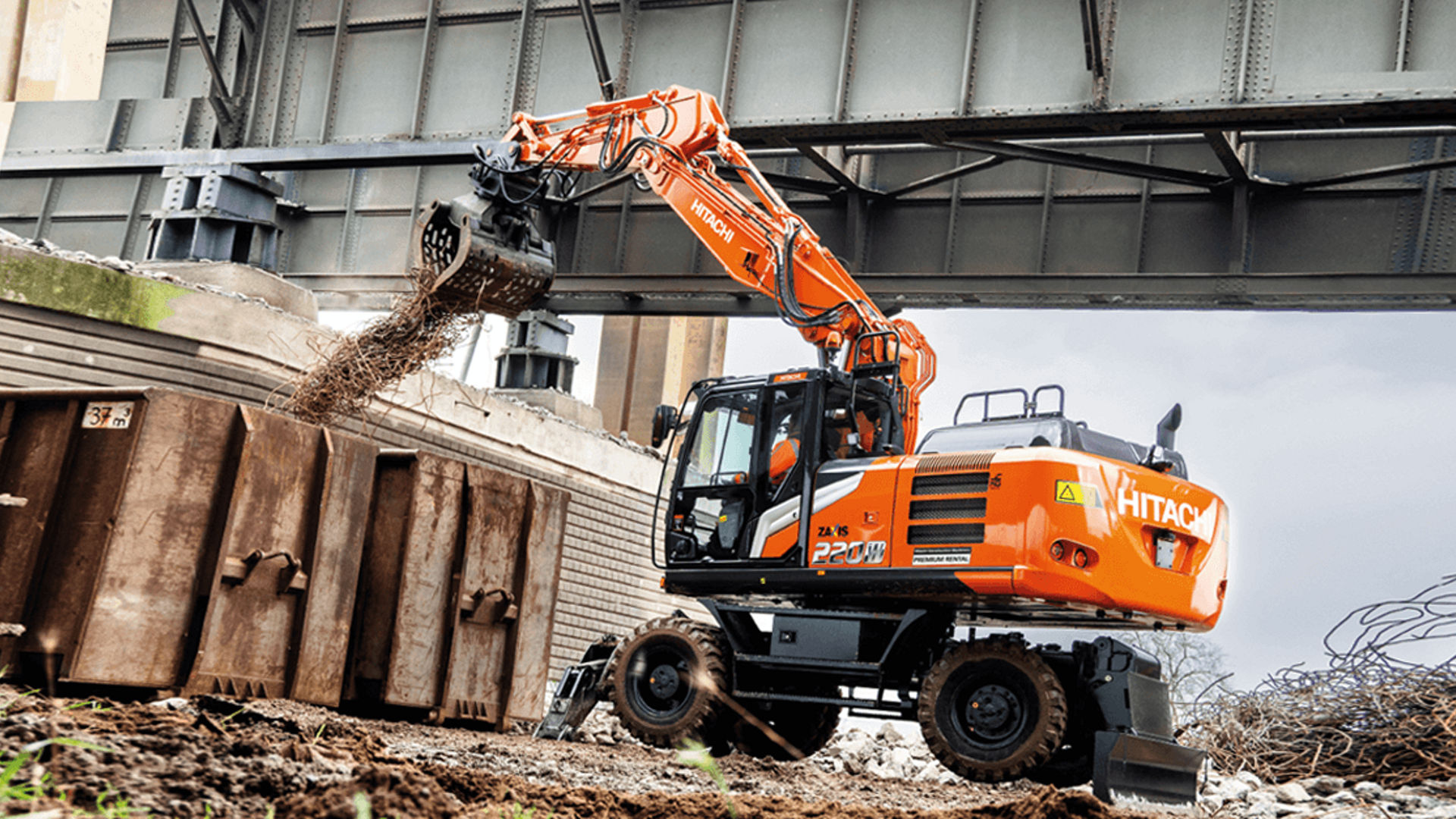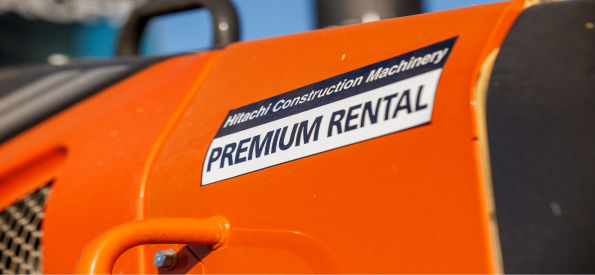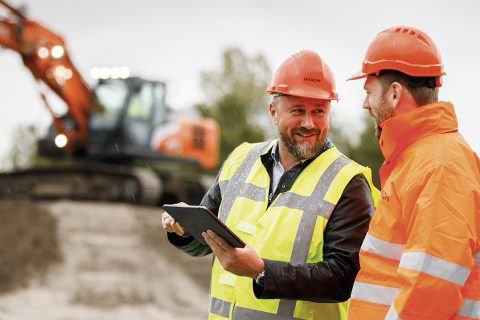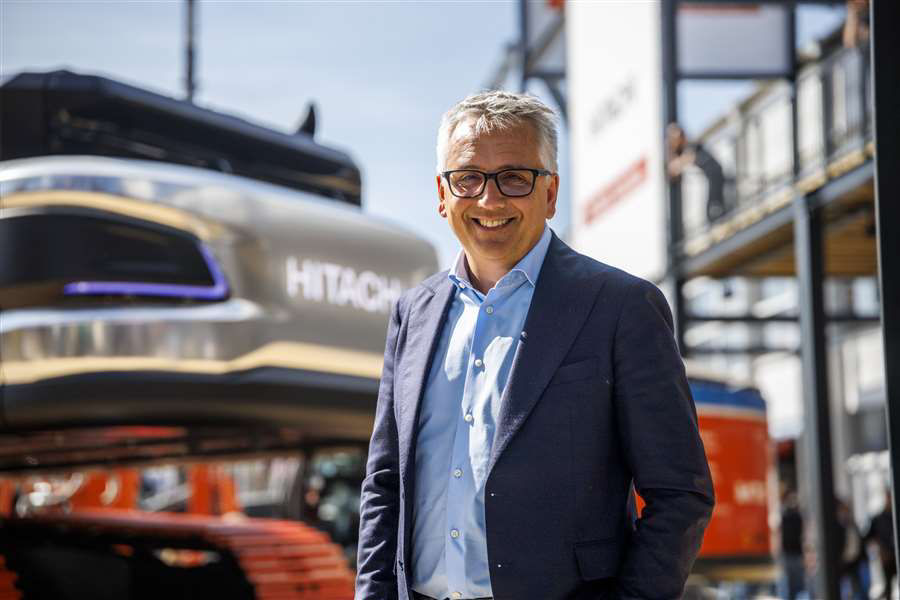The rise of rental construction equipment in Europe

Much of Europe experienced a downturn in construction in 2024. While some countries, such as Spain, have managed to buck that trend, others have experienced sharp contractions in building activity.
In traditionally strong markets such as Germany and the Nordics, there have been notable slowdowns in residential and commercial construction. However, according to an ING report published earlier this year, the European construction sector is expected to see modest recovery in 2025, with growth forecast at just 0.5% following a 2% decline in 2024. According to Quaranta, there is confidence that some markets, such as the UK and Germany, are waiting to bounce back.

Shift towards rental over buying?
Despite the current economic uncertainty, demand from rental companies remains strong, and in some markets is growing fast. “In the six months leading up to April this year, we saw more requests for rental,” he says.
This shift isn’t necessarily a permanent change in customer preference, but more due to a cautious attitude in the short-term. “It’s linked to the uncertainty rather than a structural change in demand,” he adds. “But it could become structural. Once people realise it works, they might stick with it.”
In mature markets like the UK, where rental has long been embedded in construction economics, HCME has seen annual growth, particularly through its subsidiary, Synergy Hire. “We’ve done better year-on-year in the UK, and we’re planning an even better year in 2025,” he explains.
Meanwhile, the company is continuing to expand its Rent-to-Rent programme, in which HCME hires equipment to its dealers, who then rent to their customers. “It’s a unique scheme,” he says. “We don’t offer equipment for rent ourselves, but we help our dealers to promote it as a strategic service.
As well as compact equipment, HCME also offers larger machines, including in the mining segment, based on customer demand. “Rental is simply a way to make it viable,” he says. “And once your resale value is strong, there should be no limit [to what machines HCME can offer].”
He also believes that some of these short-term rentals may ultimately convert into purchases once project timelines become more certain. “If it does, they’ll buy.”

Solutions for the energy transition
Another challenge is increasing regulations. These have driven up demand for alternative powered equipment in a bid to accelerate the energy transition.
HCME is exploring alternatives, mainly through the development of electric machines, with hydrogen still in its infancy. Electric power, in contrast, offers more flexibility, particularly when supported by on-site grid connections.
Quaranta points to Norway as a frontrunner, where large construction equipment can be plugged into the grid during idle periods, enabling smaller batteries and reducing the need for oversized power storage.
“You don’t need eight hours of battery,” he adds, “an excavator’s real running time is 45 to 50% of an hour. So, having a massive battery drives up costs and changes the machine’s structure unnecessarily.”
He also believes that for rental companies, the challenge lies in how quickly electric technology is evolving. “It’s tricky for long-term rental companies to bear the costs of electrification,” he notes. “If I were a rental company, I would rent [electric machines] on a short-term basis.”
He predicts more viable long-term electrification solutions will arrive when solid-state batteries become a reality and battery efficiency improves, led in part by innovation in Asia. “China and Korea will soon come up with more sustainable battery solutions,” he says. “And the ratio between traditional cost and battery power is going to go down because of smart batteries.”
This article is based on an interview for International Rental News, published in May, 2025.
Why stop reading now? Others liked:

Subscribe
Keep up to date with the latest news from Hitachi Construction Machinery (Europe) NV (HCME).




